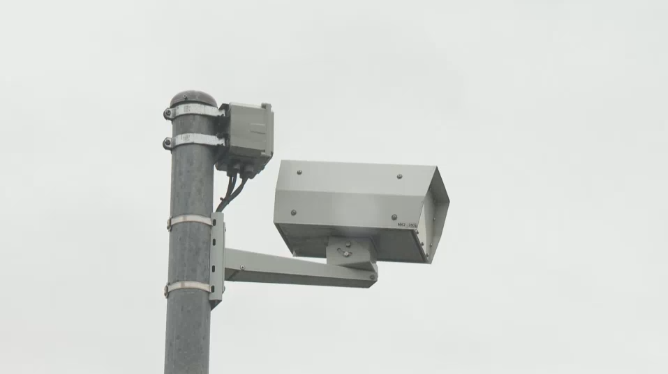The region could start mailing tickets to scofflaw drivers who speed through two Cambridge school zones as early as this month.
Council is expected to give its seal of approval to a bylaw amendment that will allow camera technology to catch drivers who exceed the 40 km/h limit in school zones.
The recommended amendment to the city's traffic and parking bylaw formally designates school zones in the bylaw as places the Region of Waterloo can implement its Automated Speed Enforcement (ASE) program under the Highway Traffic Act.
A school zone is defined as a portion of highway under a municipality’s jurisdiction that adjoins the entrance to or exit from a school. The zone must be within 150 metres along the highway in either direction beyond the limits of school property.
Warning signs meant to deter speeding and train drivers in advance of the launch of the program were set up last year in two Cambridge school zones.
The region installed cameras on Guelph Avenue near St. Gabriel Catholic Elementary School and Silverheights school last year, and will install them near Elgin Street Public School in the spring.
The school zones are among 16 named across the region for the first two phases of the ASE program.
The region had expected to launch the ASE program at both Cambridge locations last year, but supply chain issues delayed parts for the cameras and staff was still working out some legislative hurdles.
Last fall, the region entered an agreement with the City of Toronto to process photos through the city’s Municipal Processing Centre, while negotiations continued with the Ministry of Transportation and vendor Redflex.
The region plans to expand the program through more school zones later this year once it has a better idea of costs and can analyze data from the first phase to determine the best future locations for the technology.
The region is also looking at the possibility of adding mobile ASE cameras to the program and rotating them between sites.



